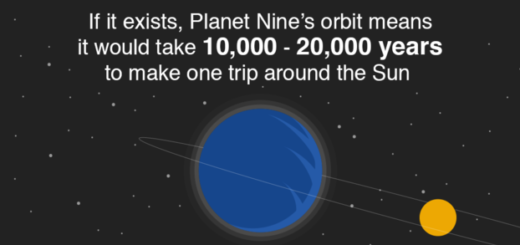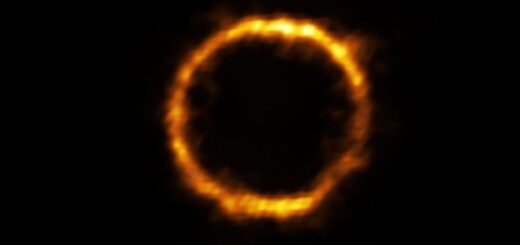How Long Does It Take to Get to the Moon?

Shining brightly overhead most nights, we often take the moon for granted. Our nearest celestial neighbor and satellite has a lot more impact in our lives than we realize though, helping affect the tides, animal sleep cycles (including humans!), and hormones. It has also long inspired us to look up and reach beyond the atmosphere of our own planet; that’s part of why President John F. Kennedy set his sights and NASA’s mission objective on the moon in the 1960s.
So far, American astronauts have made nine journeys to the moon – six of which landed on the lunar surface. Based on this data, we now have a good idea about how long it takes to get to the moon. NASA, other governments, and other private companies are now planning crewed missions back to the moon and will give us even more data about how long it takes to reach the moon.
Like other orbiting bodies in space, the moon’s orbit is not exactly circular; it is elliptical. This means that the moon is closer to Earth at some times and further than others – that’s why we keep hearing about “supermoons” when the moon is closer. (The point of orbit when the moon is closest to Earth is called perigee; the point of orbit when it is furthest away from Earth is called apogee). Taking advantage of orbital mechanics, astrophysicists can plan lunar missions to coincide when those times that the moon is closer to Earth.
Historically, most lunar missions have taken about three days to reach the moon, assuming the moon is at an ideal distance of 240,000 miles (386,243 kilometers) away. This means astronauts travel roughly 3,333 mph (5,364 kph) on their journey to the moon.
Some uncrewed missions have taken longer in an attempt to save on fuel weight (such as China’s Chang’e missions which have taken four to five days each). The fastest-ever mission to the moon was the very first one: 1959’s unmanned Luna 1 took just 36 hours at a speed of roughly 6,500 mph (10,500 kph). In 2006, New Horizons zoomed past the moon on its way to Pluto just eight hours and 35 minutes after launch and at a speed of 36,373 mph (58,536 kph).



 Creators of mankind
Creators of mankind Description of “Tall white aliens”
Description of “Tall white aliens” Where they came from?
Where they came from? About hostile civilizations
About hostile civilizations The war for the Earth
The war for the Earth “Tall white aliens” about eternal life
“Tall white aliens” about eternal life Video: “Nordic aliens”
Video: “Nordic aliens” Aliens
Aliens Alien encounters
Alien encounters The aliens base
The aliens base UFO
UFO Technology UFO
Technology UFO Underground civilization
Underground civilization Ancient alien artifacts
Ancient alien artifacts Military and UFO
Military and UFO Mysteries and hypotheses
Mysteries and hypotheses Scientific facts
Scientific facts


















